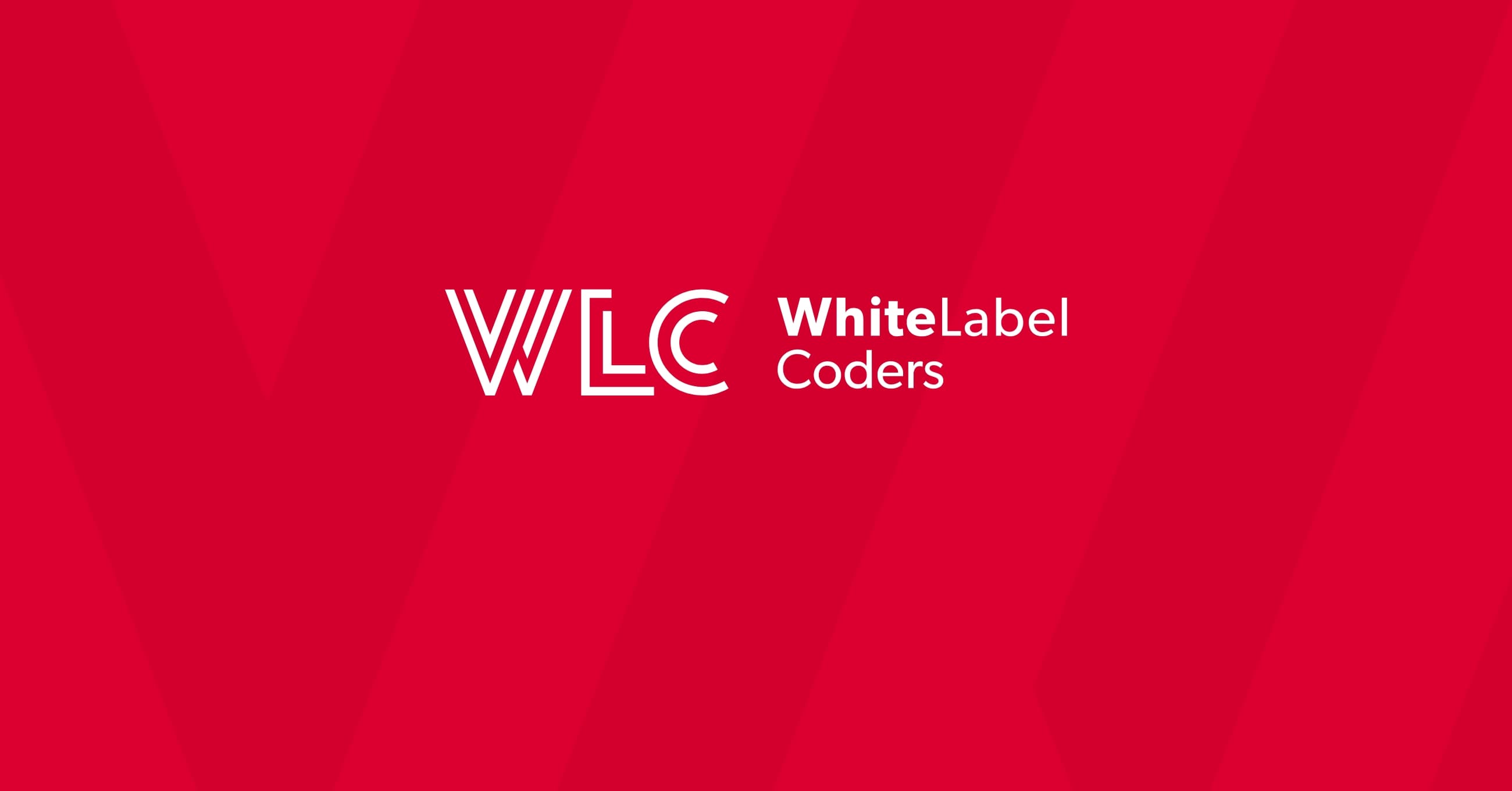Category: SEO AI
Why are my affiliate pages not appearing in Google’s featured snippets?

Your affiliate pages might not appear in Google’s featured snippets due to poor content structure, missing schema markup, slow loading speeds, or inadequate question-answer formatting. Featured snippets require specific content organization, direct answers, and technical optimization that many affiliate sites overlook. Addressing these issues can significantly improve your search visibility and traffic.
What are featured snippets and why do they matter for affiliate sites?
Featured snippets are highlighted search results that appear at the top of Google’s search results, displaying direct answers to user queries. They extract content from web pages and present it in boxes, lists, or tables above traditional search results.
For affiliate marketing websites, featured snippets offer tremendous advantages. They position your content at “position zero” in search results, dramatically increasing visibility and click-through rates. This prime placement builds credibility and establishes your site as an authoritative source in your niche.
The traffic benefits are substantial. Featured snippets often capture a significant portion of clicks, even when other high-ranking pages exist below them. For affiliate sites competing in crowded markets, this visibility advantage can translate directly into more conversions and commission revenue.
Beyond traffic, featured snippets enhance your brand’s perceived expertise. When Google selects your content to answer user questions, it signals trustworthiness to potential customers. This trust factor becomes particularly valuable in affiliate marketing, where credibility directly impacts conversion rates.
What’s preventing your affiliate pages from appearing in featured snippets?
Several technical and content issues commonly block affiliate pages from featured snippet consideration. Poor content structure ranks among the most significant barriers, as Google needs clearly organized information to extract meaningful answers.
Content structure problems include missing heading hierarchies, answers buried within long paragraphs, and lack of direct question-answer formatting. Google’s algorithms struggle to identify relevant content when it’s not properly organized with clear headings and concise responses.
Missing schema markup presents another major obstacle. Schema helps Google understand your content context and increases the likelihood of snippet selection. Many affiliate sites neglect this technical element, reducing their chances of featured snippet capture.
Page loading speed significantly impacts snippet eligibility. Slow-loading pages receive lower priority in Google’s selection process, as user experience remains a ranking factor. Poor Core Web Vitals scores can eliminate otherwise well-structured content from consideration.
Additionally, many affiliate pages lack the direct, conversational answers that Google prefers for snippets. Content that doesn’t immediately address user questions or requires extensive reading to find answers rarely gets selected for featured snippets.
How do you structure content to capture Google’s featured snippets?
Effective snippet capture requires specific formatting techniques and content organization strategies. Start each section with a direct, complete answer to the question within the first 40-60 words, followed by supporting details and context.
Proper heading hierarchy proves important for snippet success. Use H2 tags for main questions and H3 tags for related sub-questions. This structure helps Google understand your content organization and identify the most relevant answers for user queries.
Format answers using clear, scannable elements:
- Numbered lists for step-by-step processes and rankings
- Bullet points for feature comparisons and benefit lists
- Tables for direct comparisons between products or services
- Short paragraphs with one main idea each
Answer length matters significantly. Paragraph snippets typically contain 40-60 words, while list snippets can include 5-8 items. Keep individual list items concise but complete, ensuring each point provides standalone value.
Include natural question phrasing in your headings that matches how people actually search. Instead of “SEO Benefits,” use “What are the benefits of SEO?” This approach aligns with voice search patterns and conversational queries that increasingly drive featured snippet selection.
Which types of content work best for affiliate featured snippets?
Comparison content performs exceptionally well in featured snippets for affiliate sites. Tables comparing product features, prices, and benefits often get selected because they provide immediate value to users making purchasing decisions.
How-to guides and tutorial content frequently capture snippets, especially when formatted as numbered lists. These guides work particularly well for affiliate sites in technology, finance, and lifestyle niches where users seek procedural information.
Definition content offers another high-performing format. Pages that clearly explain industry terms, product categories, or concepts often earn snippet placement. This content type works well for building topical authority while supporting affiliate recommendations.
FAQ sections tailored to affiliate marketing topics show strong snippet performance. Address common questions about products, services, or purchasing decisions within your niche. Structure these sections with clear questions as headings and direct answers immediately following.
Review summaries and “best of” lists also capture snippets frequently. When you create content highlighting top products or services in a category, format the information as scannable lists with brief explanations for each recommendation.
Troubleshooting and problem-solving content performs well because it addresses specific user pain points. Create content that answers “why,” “how to fix,” and “what causes” questions related to your affiliate products or services.
How do you measure and improve your featured snippet performance?
Google Search Console provides the most reliable data for tracking featured snippet appearances. Monitor your search performance reports for queries where your pages appear in position zero, and identify opportunities where you rank highly but haven’t captured snippets yet.
Track snippet performance using these methods:
- Monitor click-through rates for pages with snippets versus those without
- Identify queries where you rank positions 1-5 but lack snippet capture
- Analyse which content formats perform best for your niche
- Track seasonal changes in snippet performance
Competitor analysis reveals valuable optimization opportunities. Identify which sites currently hold snippets for your target keywords, then analyse their content structure and formatting. Look for gaps in their answers that you can address more comprehensively.
Implement iterative improvements by testing different answer formats for the same questions. Try paragraph formats, then lists, then tables to see which performs better for specific query types. Monitor changes over several weeks, as snippet selection can fluctuate.
Regular content updates help maintain snippet positions. Google favours fresh, accurate information, so review and update your snippet-optimized content regularly. Add new information, refine answers, and ensure all details remain current and relevant.
Focus on improving overall page experience alongside content optimization. Better loading speeds, mobile responsiveness, and user engagement signals support snippet capture and retention over time.
Getting your affiliate pages into featured snippets requires strategic content optimization, technical improvements, and consistent monitoring. The investment in proper structure and formatting pays dividends through increased visibility and traffic. Working with experienced developers can help implement internal linking strategies and technical optimizations that support snippet capture. Consider implementing schema markup to enhance your content’s visibility, and ensure your site follows WordPress optimization best practices for maximum search performance.

